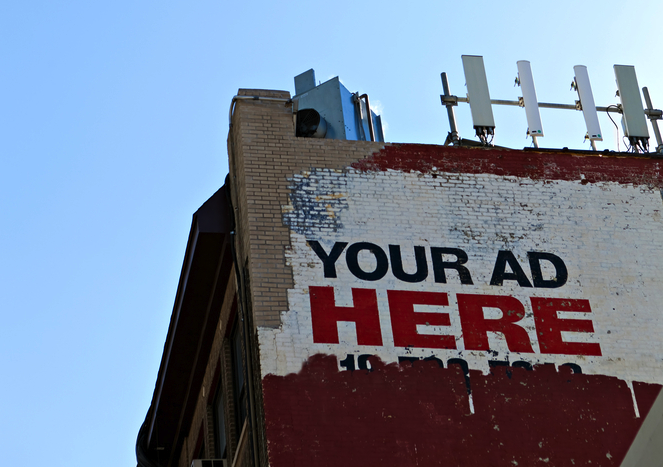
Publishers still have a lot of work to do before their sponsored content disclosures are up to snuff.
While publishers are producing and running sponsored content in greater numbers, one thing they haven’t figured out is how to effectively label their output. Some publishers are particularly overt about it, while others are content with making readers work a little bit harder. And no one’s quite sure which approach works best.
The real challenge is that a lot of those disclosures may not be all that effective. A new study from analytics platform Nudge found that the most common native ad disclosures are actually the least effective at helping readers identify their content as ads. Sponsored content using disclosure techniques like the home page buyout (used, for example, by The Wall Street Journal) and the persistent disclosure banner (used by Slate) were only identified as ads by readers 29 percent of the time.
In contrast, Nudge found that over half of the 100 people it polled were able to to identify ads that featured disclosures within the content itself. In-content disclosures are rare compared to the other techniques, though.
Nudge’s conclusion: Some publishers may be going out of their way to label sponsored content, but readers are barely noticing them, thanks to banner blindness and small labeling. Ben Young, CEO of Nudge, said that this is more than publishers staying honest in the eyes of the FTC. Bad disclosure can actually hurt brands, too. “Effective disclosures mean effective brand recall,” he said.
Indeed, native ad disclosures at most publishers, including big ones like The New York Times, are still works in progress. In August, six months after introducing its first paid post from Dell, The New York Times made some big disclosure design changes, largely decreasing the sponsored content visual cues. While its initial Dell post was surrounded by a thick blue border and text that read “Paid For And Posted By Dell,” more recent sponsored stories from Netflix and Chevron have both come with smaller branding and much smaller blue borders as well.
BuzzFeed, too, has tweaked its formula. In May, the site removed the yellow shading surrounding the the sponsored content on its home page. It has also replaced the “presented by” and “BuzzFeed partner” labels in favor of those that say “promoted by” and “brand publisher.” Chris Johanesen, BuzzFeed’s vp of product said at the time, that the the goal was to “create the best experience for our readers and best product for our clients.”
It’s easy to understand publishers’ hesitation toward overly disclosing the brands sponsoring their content. A recent poll by content marketing company Contently found that two-thirds of readers felt tricked when they clicked on sponsored content, and over half of readers said that they don’t trust sponsored content at all.
Still, publishers say that it’s important that their brand partners and readers are on the same page. “No one — brands or publishers — is in the business of tricking readers,” said Josh Sternberg, content strategist at The Washington Post (and a former Digiday employee). “That said, labeling as you and I both know could be stronger across the industry — from font size to different shading, et cetera.”
Young said that critics who say that, on the sponsored content front, publishers are still balancing the needs of the readers with those of their advertisers. “They want to be upfront, the advertisers want it to be read, and the readers want the best experience,” he said.
More in Media

Digiday Scorecard: Publishers’ rate Big Tech’s AI licensing deals
Digiday has compiled a scorecard grading AI platforms to make sense of the growing number of players in the AI content licensing market.

Publishers are hunting for AI prompt data — now they’re starting to get it from third-party companies
Publishers are finally gaining some visibility into AI search, as new prompt data tools crack open a black box.

Digiday+ Research: Publishers’ growing focus on video doesn’t translate to social platforms
Major publishers have made recent investments in vertical video, but that shift is not carrying over to social media platforms.






